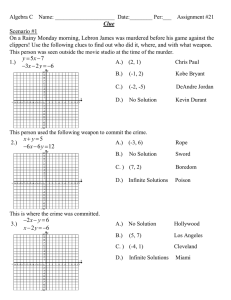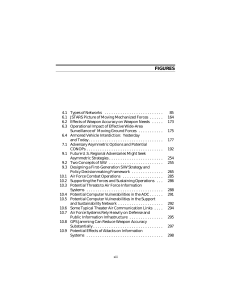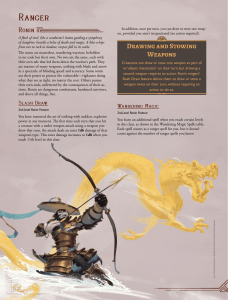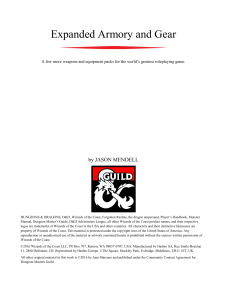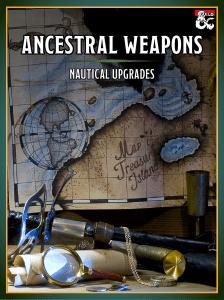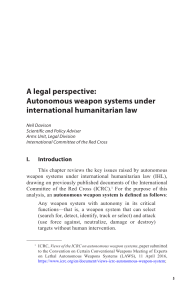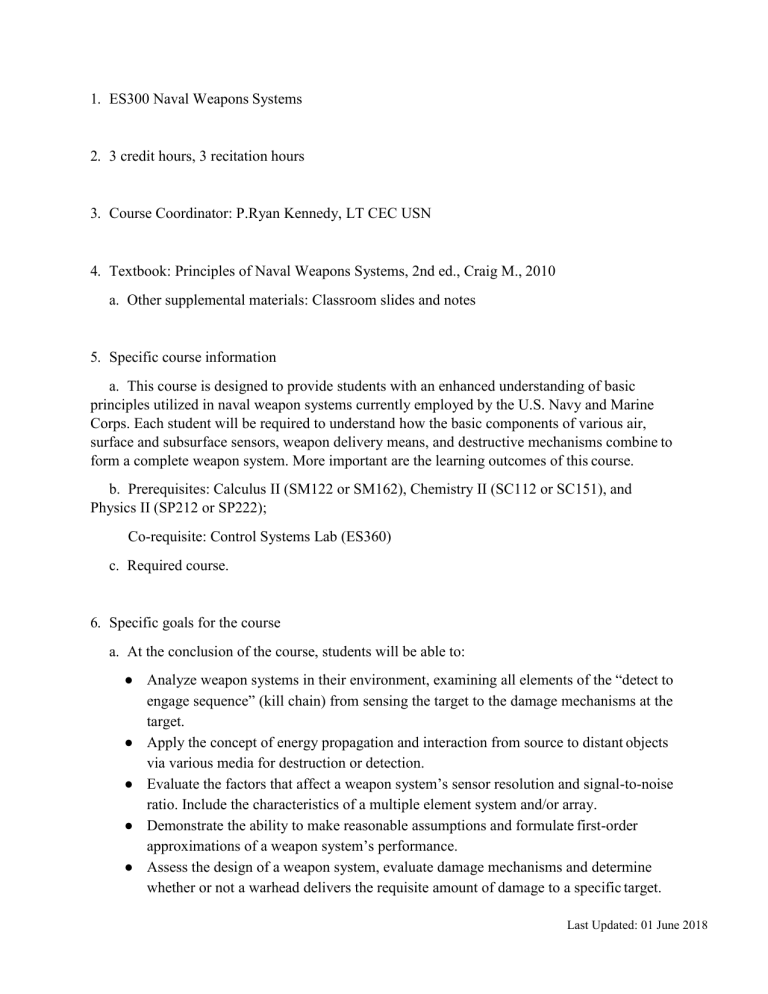
1. ES300 Naval Weapons Systems 2. 3 credit hours, 3 recitation hours 3. Course Coordinator: P.Ryan Kennedy, LT CEC USN 4. Textbook: Principles of Naval Weapons Systems, 2nd ed., Craig M., 2010 a. Other supplemental materials: Classroom slides and notes 5. Specific course information a. This course is designed to provide students with an enhanced understanding of basic principles utilized in naval weapon systems currently employed by the U.S. Navy and Marine Corps. Each student will be required to understand how the basic components of various air, surface and subsurface sensors, weapon delivery means, and destructive mechanisms combine to form a complete weapon system. More important are the learning outcomes of this course. b. Prerequisites: Calculus II (SM122 or SM162), Chemistry II (SC112 or SC151), and Physics II (SP212 or SP222); Co-requisite: Control Systems Lab (ES360) c. Required course. 6. Specific goals for the course a. At the conclusion of the course, students will be able to: ● Analyze weapon systems in their environment, examining all elements of the “detect to engage sequence” (kill chain) from sensing the target to the damage mechanisms at the target. ● Apply the concept of energy propagation and interaction from source to distant objects via various media for destruction or detection. ● Evaluate the factors that affect a weapon system’s sensor resolution and signal-to-noise ratio. Include the characteristics of a multiple element system and/or array. ● Demonstrate the ability to make reasonable assumptions and formulate first-order approximations of a weapon system’s performance. ● Assess the design of a weapon system, evaluate damage mechanisms and determine whether or not a warhead delivers the requisite amount of damage to a specific target. Last Updated: 01 June 2018 ● Recognize the components of a classical automatic control system as applied to a weapon system. b. This course introduces the following Student Outcomes: (a) an ability to apply knowledge of mathematics, science and engineering (c) an ability to design a system, component, or process to meet desired needs within realistic constraints such as economic, environmental, social, political, ethical, health and safety, manufacturability, and sustainability (d) an ability to function on multidisciplinary teams (e) an ability to identify, formulate, and solve engineering problems (f) an understanding of professional and ethical responsibility (g) an ability to communicate effectively (j) a knowledge of contemporary issues (k) an ability to use the techniques, skills, and modern engineering tools necessary for engineering practice 7. Topics covered: Detecting and tracking a target - radar, electro-optics and sonar sensing and tracking, Delivering a weapon to a target - fire control systems, weapons guidance and architecture, Damaging a target - blast chemistry and damage prediction Last Updated: 01 June 2018

